A significant challenge to the production of economically viable concentrating solar power is the deveopment of efficient heat exchangers that are compatible with both high temperature molten salts and supercritical CO2. In collaboration with Lawrence Livermore National Laboratory, we are testing additively manufactured high-temperature ceramics to enable high performance heat exchangers.
Research
We're tackling important problems related to materials degradation in extreme environments. Here is a sample of what we have going on:
Hydrogen Isotope Barrier Materials for Fission and Fusion
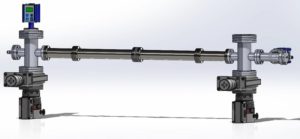
High temperature structural materials that resist hydrogen premeation are useful for containing tritium in fusion reactors, and can also enable the use of more efficient moderators in advanced fission reactors. We are researching advanced structural materials for hydrogen and tritium containment. This work is led by PhD student Reid Bohanon who is investigating novel claddings for yttrium-hydride moderators.
Molten Salt Purification
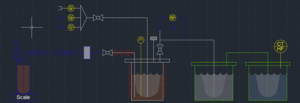
Impurities in molten salts lead to high corrosion rates of structural metals. In order to reduce impurity driven corrosion, contaminants in molten salts must first be removed. We are attempting to optimize, scale-up, and automate common methods of fluoride salt purification as well as test the viability of future purification methods. This project area is led by Masters student Kyle Williams, who is investigating new methods for scalable salt chemistry control
Tex-Grid: Economic and Political Issues facing Nuclear Power

TEX-GRID is a consortium comprised of researchers from diverse fields, working together with builders, utilities, politicians, and citizens, to provide quantitative and qualitative solutions to the technical, political, and social challenges associated with delivering resilient, affordable, and clean power to Texas.
Material Degradation in Molten Salt Reactors
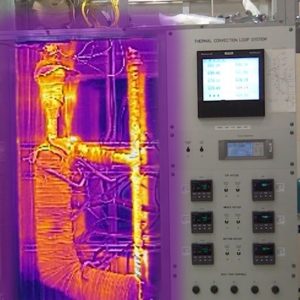
Deployment of molten salt reactors requires materials that can withstand high temperatures and corrosive salts. We’re using cutting-edge flowing experiments to test materials in the harshest MSR conditions. This project area is led by PhD student Randi Mazza, who is investigating how graphite interacts with structural metals in flowing molten fluoride salt.
Interaction of Radiation and Corrosion
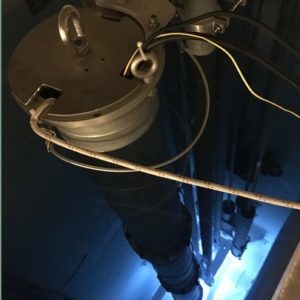
Interactions between radiation and corrosion are complex and not well understood. While radiation has long been known to accelerate corrosion of materials, recent research has shown there are some situations where irradiation may actually SLOW corrosion. We’re building novel experiments and developing model materials to understand the fundamental interaction between radiation and corrosion.
Fission-Product Assisted Cracking
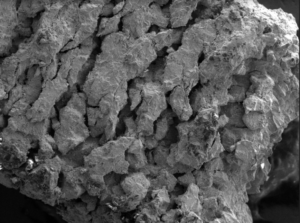
Structural materials must maintain their properties at high temperatures and in extreme environments. We’re investigating how fission products in molten salts can lead to embrittlement and failure in salt-facing structural materials. This project area is led by post-doctoral scholar Farooq Khan, who is investigating how alloying additions and grain-boundary engineering can affect cracking susceptibility.
